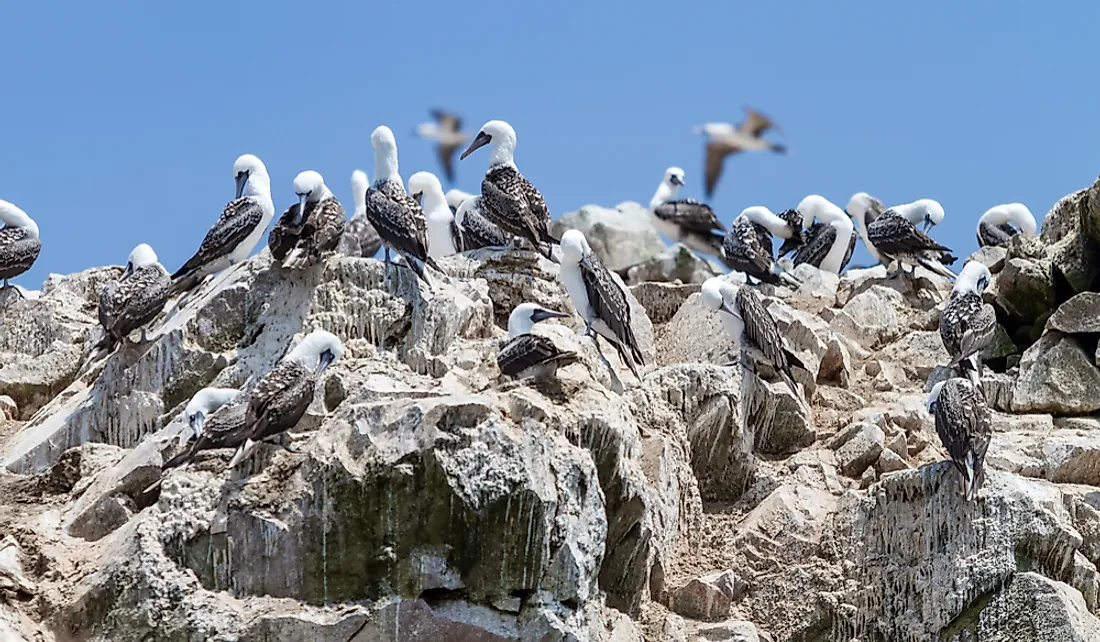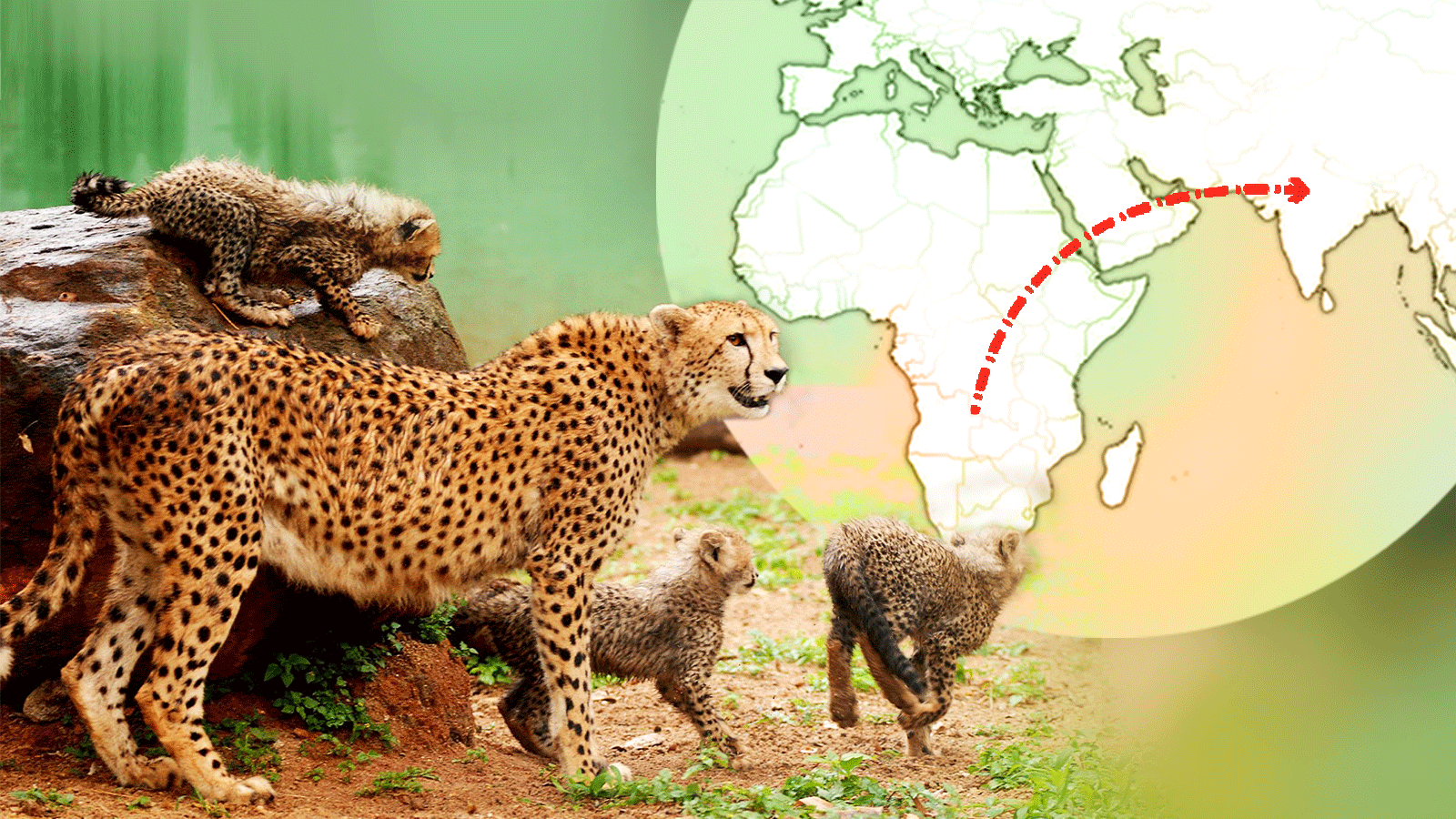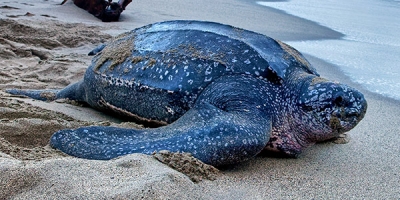
Mammals are vertebrates – animals that have a backbone. This means that all mammals have a bony skeleton inside their bodies, which gives them a strong frame. They usually have two pairs of limbs, and organs such as a heart, lungs, stomach and intestine. They come in all shapes and sizes and live in a huge variety of places, from the frozen Arctic wasres to the hottest deserts on Earth.
Of all the different types of animals, mammals are the ones that humans can relate most closely to. This is because humans are just one of the many species of mammals. So what are their characteristics? How are they alike and what are their differences?
They Produce Milk
All mammals have mammary glands, which are used to provide milk for their young. Mammary glands are made up of glandular tissue and ducts and develop from the sweat glands. While many have nipples that allow their young to nurse, one family of mammals, known as monotremes, secrete milk through ducts rather than nipples.
In nearly all mammals, the female is the only one who feeds the young. This means that the nipples of the male, while present, are underdeveloped. In a few species of mammals, such as the Bismarck masked flying fox and Dayak fruit bat, both the male and female are capable of producing milk and both will help care for the young.
They Are Warm-Blooded
A warm-blooded animal is better able to regulate its internal temperature, making it more resilient to outside threats. While a cold-blooded reptile requires a certain external temperature to function, warm-blooded mammals can maintain their body temperature through diet and other methods.
They Have a Four-Chambered Heart
One characteristic of mammals that you cannot see is their four-chambered heart. Reptiles and amphibians have three-chambered hearts, while fish have hearts with two chambers. Birds and mammals are the two classifications of vertebrates that have four chambers.
With a four-chambered heart, the body can easily keep the deoxygenated blood heading to the lungs separate from the oxygen-rich blood heading away from the lungs. This means the animal has fully oxygenated blood available at all times. By having constant access to a well-oxygenated supply of blood, mammals are able to physically exert themselves more fully and without the need for frequent breaks.
Most Replace Their Teeth Once Over Their Lifetime
With the exception of a few mammals, such as kangaroos and manatees, mammals replace their teeth once over their lifetime. Born with deciduous teeth, these fall out to make room for the primary teeth. If they lose a primary tooth, it doesn’t grow back. This contrasts with animals such as alligators and sharks, that can replace teeth throughout their life.
Their Lower Jaw is Made of a Single Bone
In other classes of vertebrates, the lower jaw is made up of several bones and is not attached to the skull. The mammal’s jaw is made of a single bone, attached to the skull. This solid structure gives the mammal’s jaw tremendous power.
They are Protected by Hair
All mammals have some form of hair or fur during some period of their life. Some, like dogs and cats, are covered in fur throughout their life. Others, such as dolphins, have a light covering of hair early in development.
Hair can provide camouflage, protection from the weather, and aid in exploring their environment.
Credit : A-Z Animals
Picture Credit : Google






